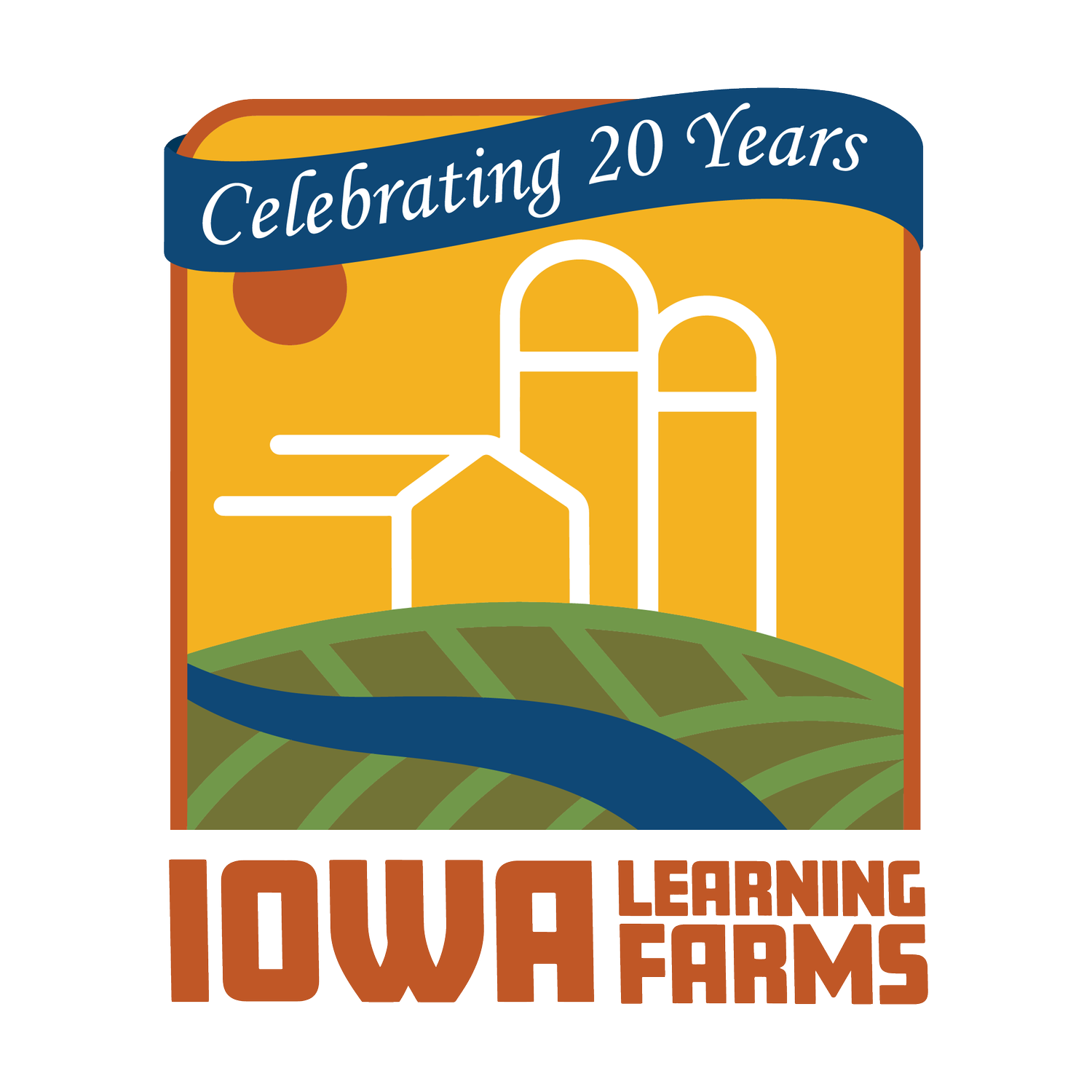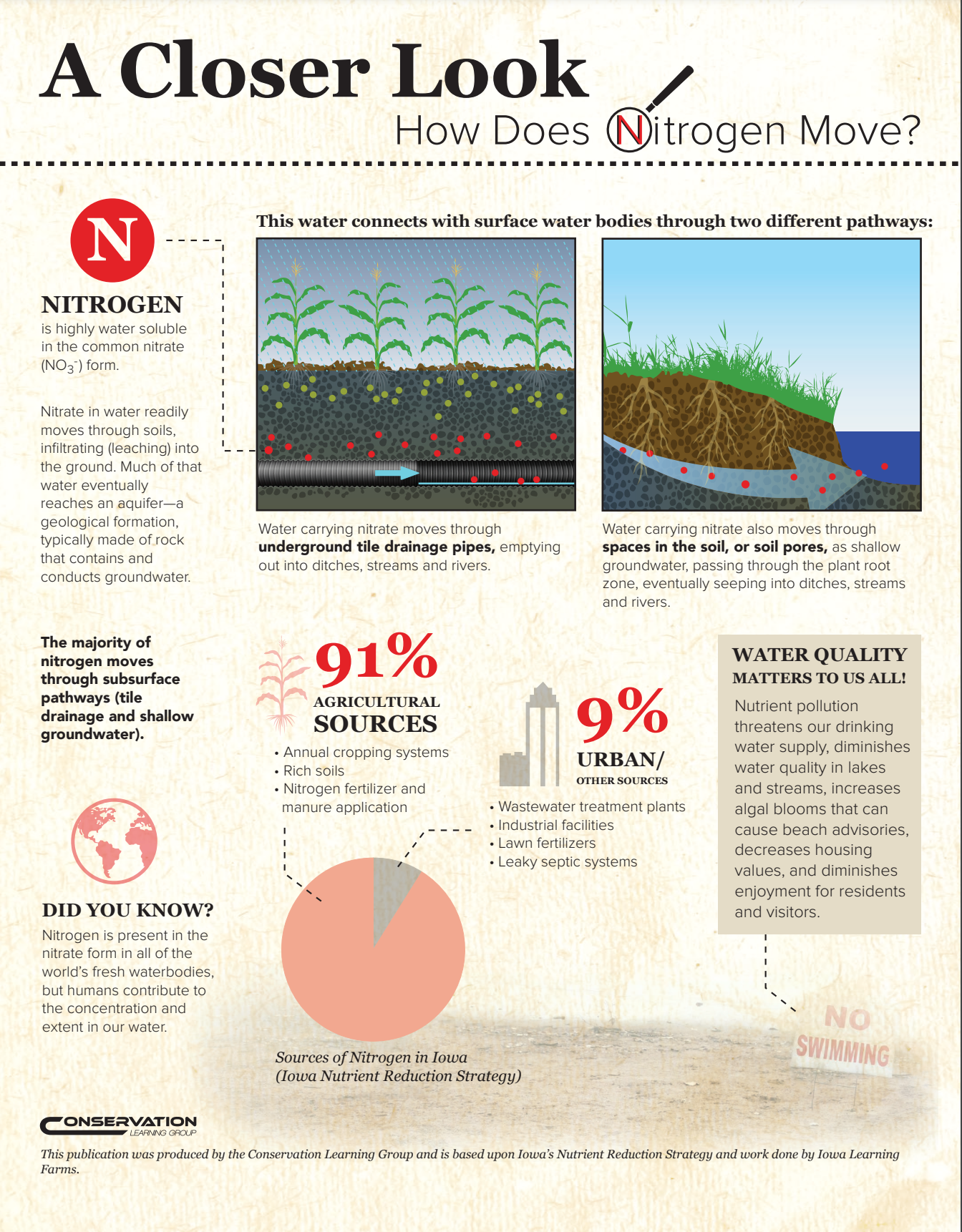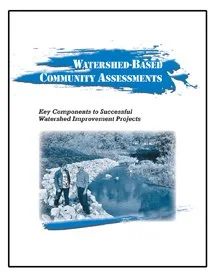Learn about saturated buffers from a panel of experts in this in-depth publication.
Read MoreLearn about cleaning Iowa’s waters with saturated buffers in this Iowa State University Extension publication.
Read MoreLearn more about wetlands in this informative infographic from Iowa State University Extension.
Read MoreLearn about the unique aspects of wetlands in this infographic.
Read MoreWetlands are vital to life as we know it. These amazing, diverse, and biologically productive ecosystems provide a multitude of services: water filtration, trapping of sediment, transformation of pollutants, carbon storage, wildlife habitat, and beauty. Understanding the ecological importance of wetlands, as well as how they function, will help us all better appreciate these vibrant—and vital—parts of our landscape.
Read MoreLearn how woodchip bioreactors work to reduce nitrates and improve water quality.
Read MoreWoodchip bioreactors are a new option to reduce the amount of nitrate in drainage before it gets to local surface waters. This factsheet describes key questions relevant to this innovative approach to water quality.
Read MoreDiscussing a new conservation practice with your tenant can be challenging. To help begin the conversation, we created a new publication series with talking points and relevant research findings about specific conservation practices.
Read MoreWater Quality Matters To Us All provides insight into the attitudes and practices of agencies and stakeholders involved in protecting Iowa's water quality. Based on listening sessions between 2008-2011 with farmers, urban residents, Soil and Water Conservation District commissioners, and field staff from Natural Resources Conservation Service and the Iowa Department of Natural Resources, the book details the institutional, community, and individual impediments towards water conservation and curtailing nonpoint source pollution.
Read MoreWhere does your drinking water come from? Two new infographics from the Conservation Learning Group take a closer look at that question and how nitrogen and phosphorus move on our landscape.
Read MoreThis illustration shows the relative stream delivery of nitrogen and phosphorus from each source, with the arrows sized proportionally.
Read MoreNearly 75% of Iowa’s landscape is farmland. Land management and conservation practices utilized by farmers and landowners play a key role in improving water quality by reducing loss of nutrients to waterways.
Read MoreNot all algae are harmful, but the most common harmful algal blooms in Iowa are comprised of blue-green algae—also known as cyanobacteria. Learn more in this infographic.
Read MoreThe Iowa Nutrient Reduction Strategy is focused on reducing nitrogen and phosphorus in Iowa waters. Farmers, landowners, municipalities, agencies, conservation organizations and everyday Iowans are collaborating to make changes to help meet nutrient reduction goals. This publication addresses some frequently asked questions regarding the Iowa Nutrient Reduction Strategy.
Read MoreNutrient pollution threatens our drinking water supply, diminishes water quality in lakes and streams, increases algal blooms that can cause beach advisories, decreases housing values, and diminishes enjoyment for residents and visitors. Learn more about the Iowa Nutrient Reduction Strategy efforts to improve water quality in Iowa.
Read MoreAssessing your watershed community's strengths and weaknesses is an important first step in planning and implementing an effective watershed improvement project. Without citizen "buy-in" to your watershed plan, it doesn't matter how much funding or technical support you may have, your project will not be successful. The toolkit can be downloaded by section in order to personalize your watershed's plan.
Read More






















